The Xavier University – Ateneo de Cagayan, also known simply as the Ateneo de Cagayan or Xavier is a private, Catholic, coeducational, basic and higher education institution. It is operated by the Philippine Province of the Society of Jesus in Cagayan de Oro, Misamis Oriental, Philippines. Founded in 1933 as the Ateneo de Cagayan, it became the first higher education institution in Mindanao to receive a university status a year before its sister school Ateneo de Manila. It was given its present name in honor of the Jesuit missionary St. Francis Xavier.
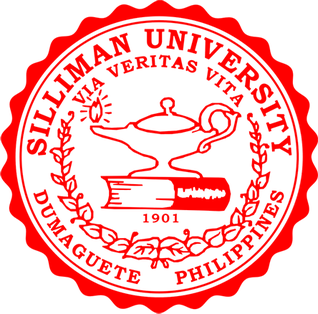
Silliman University is a private research university in Dumaguete, Philippines. Established in 1901 as Silliman Institute by the Presbyterian Board of Foreign Missions, it is the first American and Protestant founded institution of higher learning in the Philippines.

The University of the East, also known as UE, is a private university located in Manila, Philippines. Founded in 1946, business tycoon Lucio Tan acquired the university in 1990. UE was once labeled as the "largest university in Asia" when its enrollment in the past reached over 65,000 students.

Central Philippine University is a private research university located in Jaro, Iloilo City, Philippines. Established in 1905 through the benevolent grant of the American industrialist and philanthropist John D. Rockefeller as the Jaro Industrial School and Bible School under the supervision of the American Baptist Foreign Mission Society, it is the first Baptist and second-American founded university in the Philippines and Asia.

The Philippine Christian University (PCU) is a private, Protestant coeducational basic and higher education institution located in Ermita, Manila, Philippines. It was founded in 1946 through the initiatives of the laymen of the Evangelical Association of the Philippines. Originally named as Manila Union University, it was renamed as Philippine Christian College (PCC). In 1976, the PCC acquired university status.

West Visayas State University is a public normal research university located in La Paz, Iloilo City, Western Visayas region of the Philippines. It was established in 1924 as Iloilo Normal School under the tutelage of the Thomasites, but dates back its founding in 1902 as a part of Philippine normal school system with Iloilo National High School established by the American colonial government. It later became West Visayas State College in 1965 and acquired its university status becoming West Visayas State University in 1986.
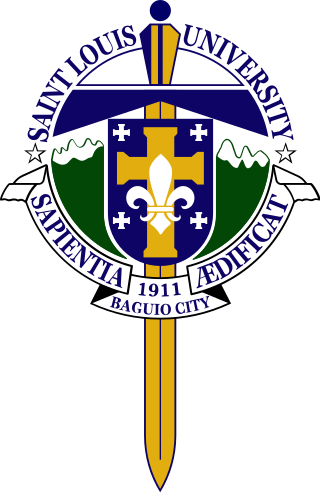
Saint Louis University also referred to by its acronym SLU, is a private Catholic research basic and higher education institution run by the Congregation of the Immaculate Heart of Mary in Baguio, Philippines. It was founded on December 1, 1911, by the CICM Missionaries.

The De La Salle Medical and Health Sciences Institute (DLSMHSI) is a medical school and allied health institution in Dasmariñas, Cavite, Philippines. It was established in 1979 and is a constituent of De La Salle Philippines. The institute consists of three service divisions: the academic division - consisting of the colleges and a senior high school, its teaching hospital - De La Salle University Medical Center, and a research facility - Angelo King Medical Research Center. It is situated nearby the De La Salle University-Dasmariñas, a separate De La Salle campus where it is often mistaken as part of due to its proximity.
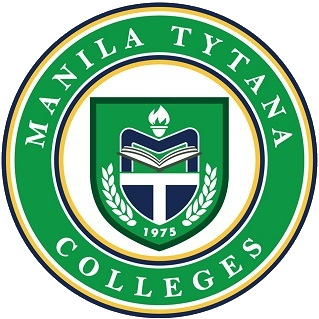
Manila Tytana Colleges (MTC), or just simply Tytana, the educational arm of the Metrobank group, is a private college in Pasay, Philippines..

Our Lady of Fatima University (OLFU) is a private, nonsectarian, coeducational basic and higher education institution.
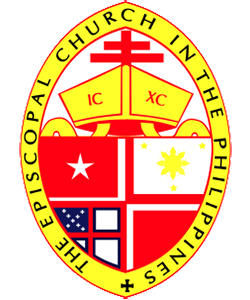
The Episcopal Church in the Philippines is a province of the Anglican Communion comprising the country of the Philippines. It was established by the Episcopal Church of the United States in 1901 by American missionaries led by Charles Henry Brent, who served as the first resident bishop, when the Philippines was opened to Protestant American missionaries. It became an autonomous province of the Anglican Communion on May 1, 1990.
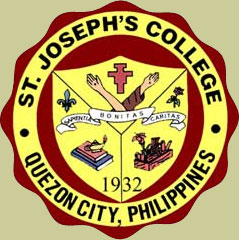
St Joseph's College of Quezon City is a Catholic private school administered by the Franciscan Sisters of the Immaculate Conception.
Medical education in Philippines is principally offered and developed by accredited and government recognized medical schools in the country.

St. Paul University Quezon City (SPUQC), also referred to as SPU Quezon City, is a private, sectarian and coeducational university located in New Manila, Quezon City, Philippines. It was previously an all-girls' school and turned co-ed beginning school year 2006-2007.
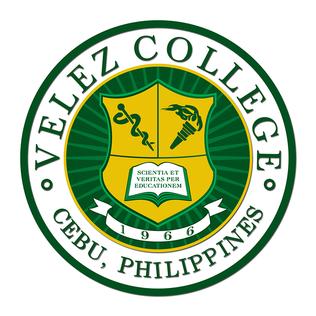
Velez College is a private educational institution in Cebu City, Cebu, widely known for offering allied health degrees. It was founded by Dr. Jacinto Velez Sr. in 1952, who was then chairman of the board of trustees of Cebu (Velez) General Hospital School of Nursing. It was incorporated under the Philippine Corporation Law on March 28, 1966. The institution has four component colleges: College of Arts and Sciences, College of Medical Technology, College of Nursing, and College of Physical Therapy and Occupational Therapy.
St. Paul University Philippines, also referred to by its acronym SPUP or SPU Philippines, is a private Roman Catholic research non-profit coeducational basic and higher education institution run by the Sisters of Saint Paul of Chartres in Tuguegarao, Cagayan, Philippines. It was founded by the Paulinian Sisters on May 10, 1907. It is one of 40 schools owned, managed, and operated by the Sisters of Saint Paul of Chartres (SPC) in the Philippines. It offers basic, undergraduate, and graduate education.
Higher education in the Philippines is offered through various degree programs by colleges and universities—also known as higher education institutions (HEIs). These HEIs are administered and regulated by the Commission on Higher Education (CHED).
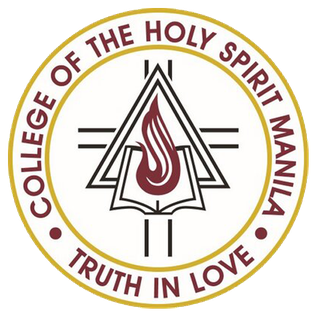
The College of the Holy Spirit Manila, or simply CHSM, was a private, Catholic education institution founded and ran by the Missionary Sisters Servants of the Holy Spirit in Manila, Philippines. Founded in 1913, College of the Holy Spirit Manila was established originally as Holy Ghost College through the invitation of then Manila Archbishop Jeremias Harty. Located initially on Legarda Street, the campus later moved along Mendiola Street, inside the Malacañang Palace Complex. It is one of the schools which comprises the Mendiola Consortium (MC) for academic cooperation along with Centro Escolar University Manila, La Consolacion College Manila, San Beda College Manila, and St. Jude Catholic School.

St. Luke's Medical Center – Quezon City is a hospital in Quezon City, Metro Manila, Philippines. It is a part of St. Luke's Medical Center group of hospitals



















